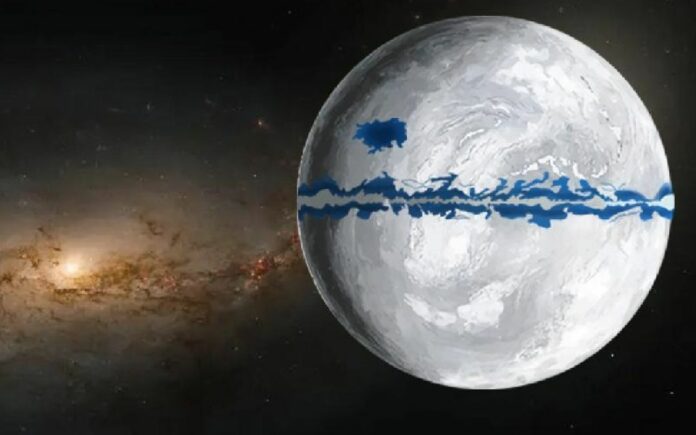International researchers propose that the “Snowball Earth” event might be more accurately described as a “Slushball Earth” event.
The scientists examined fossil-rich sediments in South China, which originated from the Marinoan Ice Age, a time of near-global freezing approximately 654-635 million years ago. They discovered fossils resembling photosynthesizing algae that inhabited the seafloor, along with iron chemistry suggesting poor oxygenation in deep waters.
A study published in Nature Communications reveals that habitable marine environments for early complex life may have been more widespread than previously believed during the Marinoan Ice Age, which occurred between 654-635 million years ago.
The research implies that habitable open-ocean conditions may have persisted up to the mid-latitudes during the proposed “Snowball Earth” event, suggesting a more accurate description might be “Slushball Earth.” This allowed organisms to survive near-global freezing periods.
The survival of complex life during the Marinoan Snowball Earth glaciation has been a subject of intense debate. While ocean refuges were believed to exist, allowing marine organisms to endure the Snowball Earth event, the specific environmental conditions that permitted their survival remained unclear.
Huyue Song and colleagues investigated the geochemical composition of fossil-rich sediments from the late Cryogenian Nantuo Formation in southern China, which date back to 654-635 million years ago. They discovered fossils resembling photosynthesizing algae that lived on the seafloor.
Furthermore, the iron chemistry suggested that deep water had low oxygen levels, while oxygenated surface water likely supported aerobic nitrogen recycling. These sediments were deposited between 30-40 degrees north during the final Snowball Earth glaciation, significantly further north than any ice-free ocean would have been anticipated.
The researchers believe that these mid-latitude open-ocean areas served as sanctuaries for complex life forms, allowing them to endure periods of near-total freezing until more favorable conditions emerged.
In the words of Jeff Goldblum, “life, uh, finds a way.”
Source: 10.1038/s41467-023-37172-x
